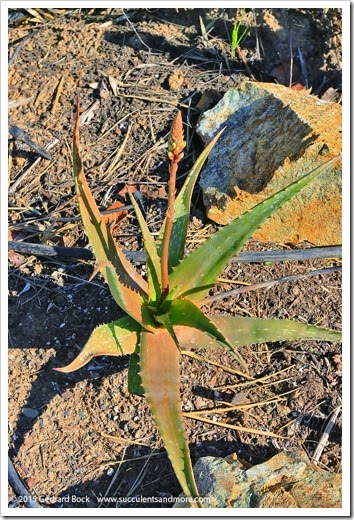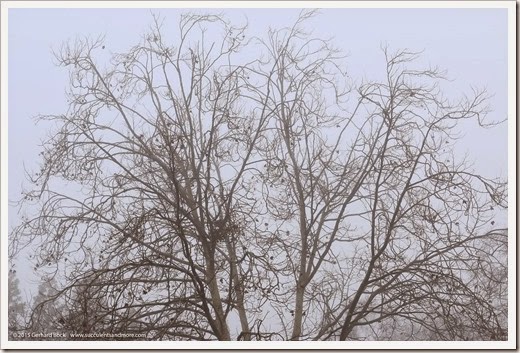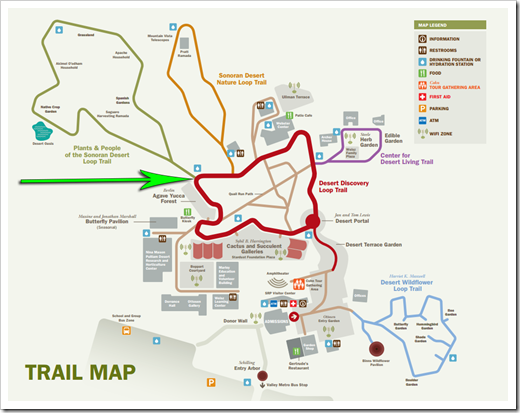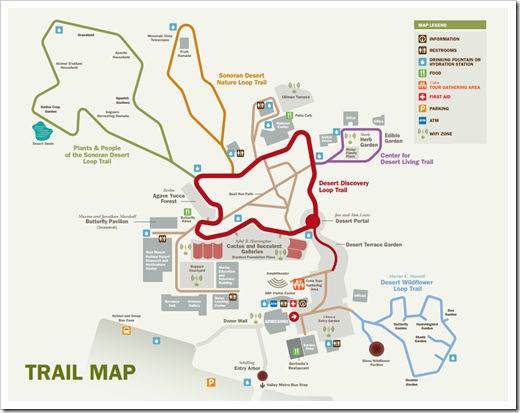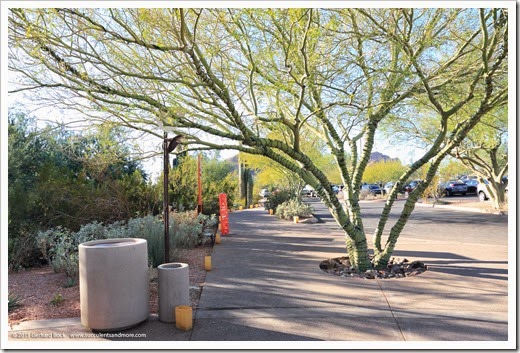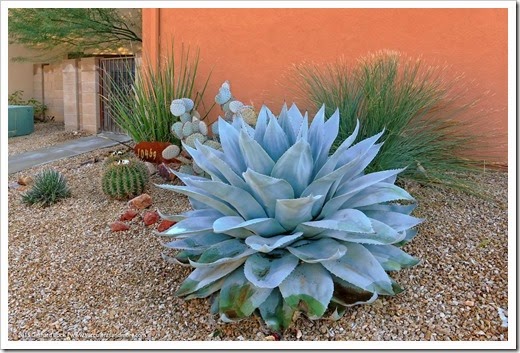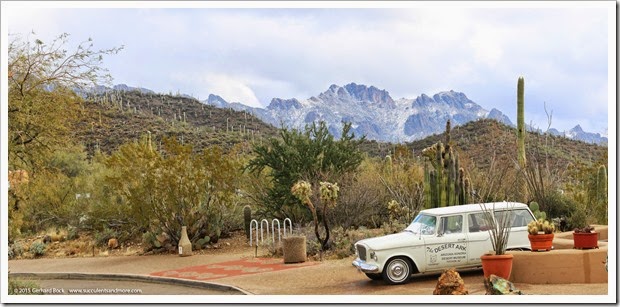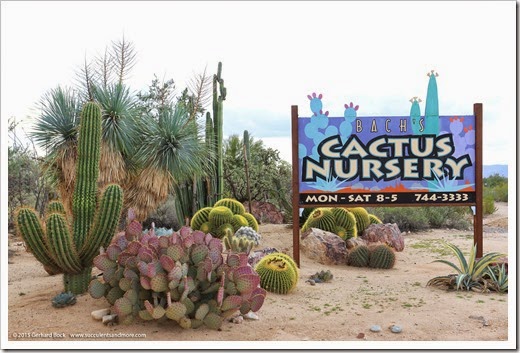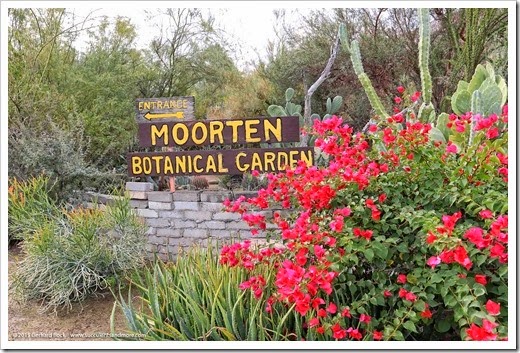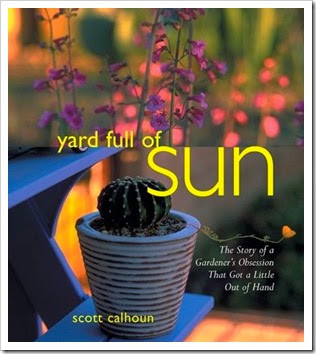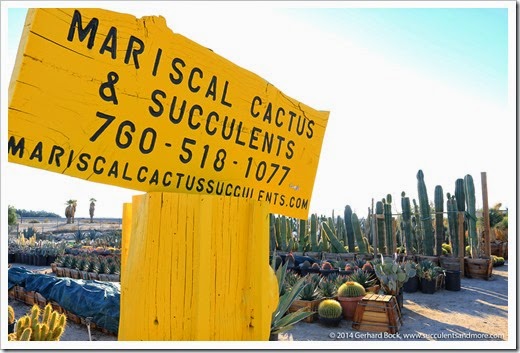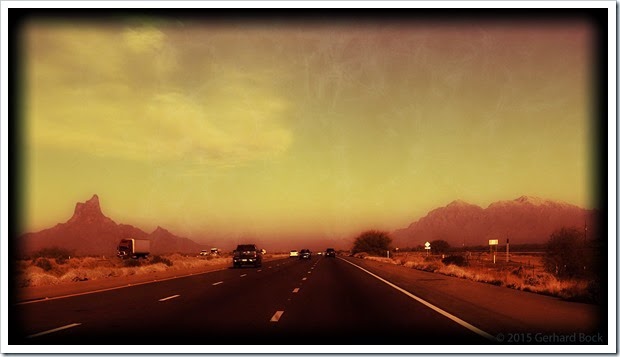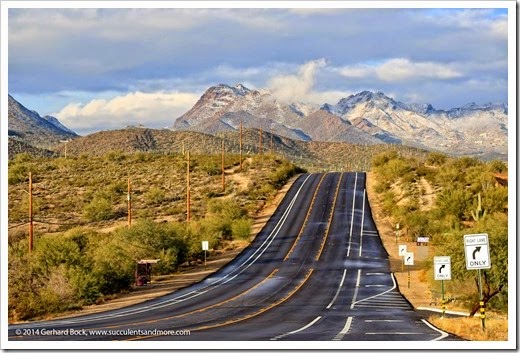Aloes in bloom at the University of California Botanical Garden in Berkeley
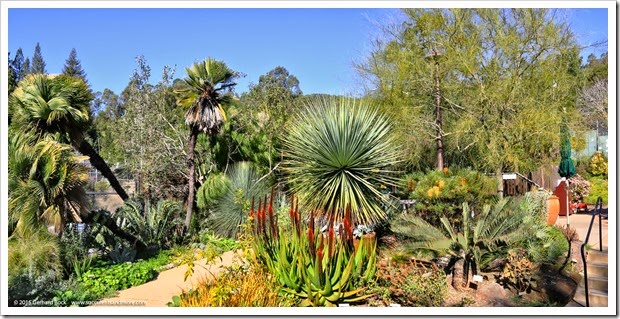
Last Saturday I had the opportunity to check up on the aloes at the University of California Botanical Garden in Berkeley (UCBG). While it doesn’t have a particularly large aloe collection—certainly nothing that gets close to the Huntington —it’s a beautiful place to visit at any time of year, but particularly this winter when Berkeley has proven to be a more reliable sunny spot than Davis. After what seemed like weeks of non-stop fog and overcast skies at home, I was so happy to be wandering around in the sun. The first flower aloe I spotted was right at the entrance, a cat’s tail aloe ( Aloe castanea ). It was heavily frequented by bees. Cat’s tail aloe ( Aloe castanea ) I spotted an even larger clump behind the gift shop: Cat’s tail aloe ( Aloe castanea )

